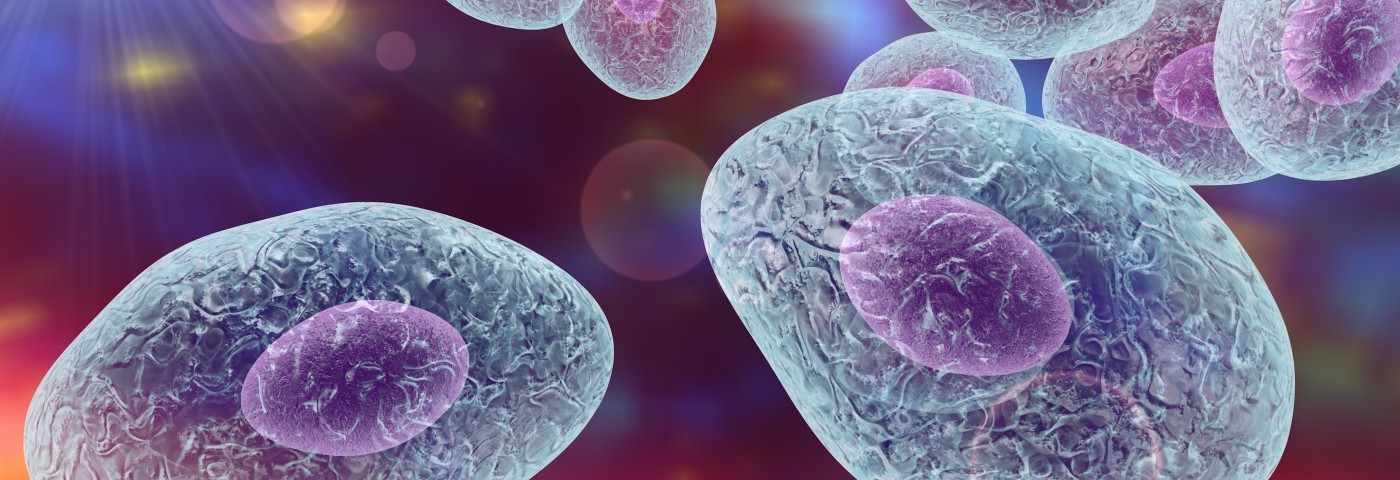A team of researchers from the National Institutes of Health (NIH) Clinical Center, along with investigators from the Broad Institute and Leidos Inc., have partnered to virtually sequence the complete genome of human, mouse, and rat Pneumocystis. The organism is known to cause lethal pneumonia infections in immuno-suppressed hosts.
The findings, “Genome analysis of three Pneumocystis species reveals adaptation mechanisms to life exclusively in mammalian hosts,” were published in the journal Nature Communications.
By studying the complete genome sequence, researchers can now understand where Pneumocystis settles and which strategies it uses to avoid being eliminated by the host’s immune system. The identification of metabolic pathways, which are pivotal to the growth and survival of the organism, as well as the recognition that a large number of pathways — present in other closely related fungi — are not found in Pneumocystis, was possible due to the higher quality of the genomes. These pathways probably disappeared as Pneumocystis started to evolve to become dependent on its hosts for survival.
“Having the genome information helped us recognize the unusual biology of Pneumocystis and how it co-exists with its mammalian hosts. It also gives researchers insight into why they’ve been unable to reproducibly grow the organism in lab cultures thus far,” said Liang Ma, M.D., staff scientist at the NIH Clinical Center and the first author of the study, in a press release.
Pneumocystis was among the earliest infections that made the HIV/AIDS epidemic recognizable. Over the last three decades, Pneumocystis has been responsible for thousands of deaths and continues to pose a serious threat in HIV/AIDS patients, as well as in transplant patients and other immunosuppressed individuals.
Never before has a study been able to map such a clear picture of these specific genomes. The research team’s effort has led to top-quality, near chromosomal draft genomes, which is the highest level of genome mapping possibly achievable. The exhaustive description of the genes that are present or missing should make attempts to culture the organism much easier — a critical landmark in Pneumocystis research.
Culturing Pneumocystis could potentially allow for a wider screening of drugs to accelerate treatment identification and potentially allow for genetic manipulation to modify genes individually and analyze the impact they could have on the organism’s growth.
“Our long term goal is to learn more about human Pneumocystis infection and to decrease its impact on immunosuppressed humans. This study is an important step in that direction,” said senior investigator Joseph Kovacs, M.D., head of the AIDS Section for the NIH Clinical Center.


